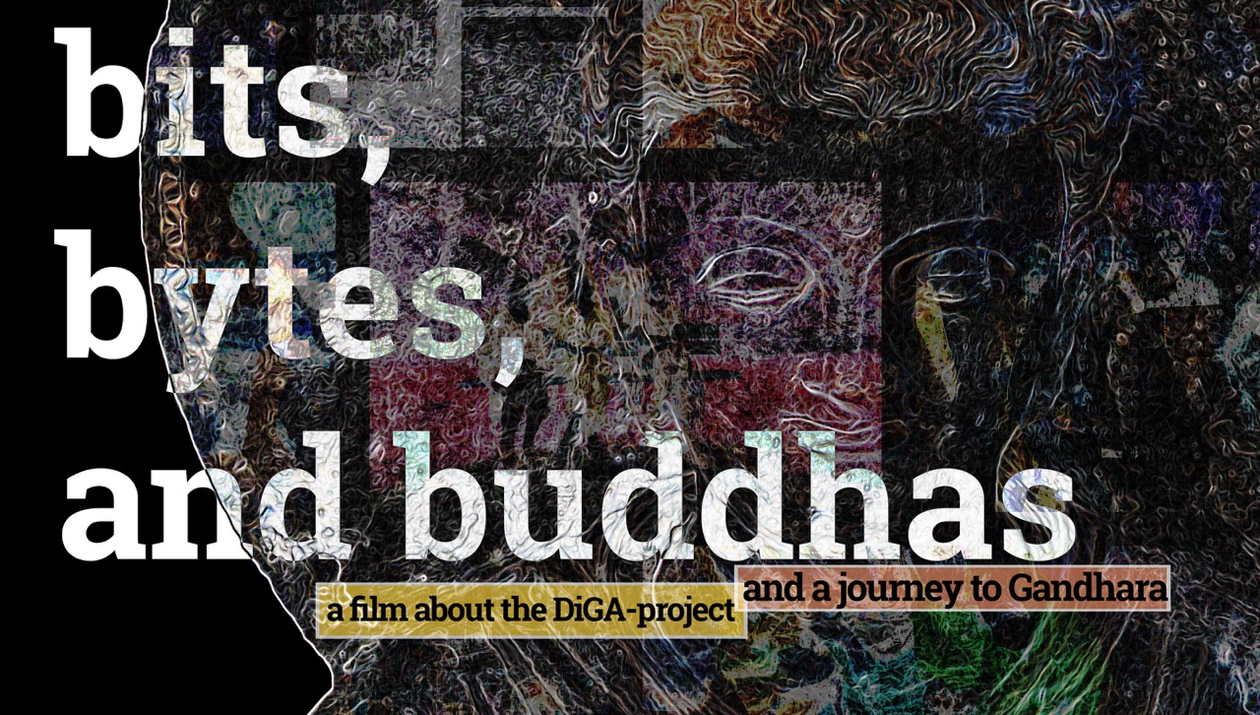
DiGA research project continues to digitize Gandhara art in Pakistan: New insights into Buddhist culture
This pioneering project at the interface of South Asian art history, Buddhist studies and Gandhara studies aimed to digitize two collections of Buddhist art from Pakistan and make them accessible to the world.
The DiGA project was coming to an end in late January 2024. The project, which opened up the world of Gandhara art for the digital era, entered its final phase. The DiGA project was funded by the German Federal Ministry of Education and Research (eHeritage funding line).
Under the title "Bits, Bytes and Buddhas", a YouTube film was created that documents the journey of the CERES scientists and at the same time offers an insight into the DiGA project. The film not only highlights the technical and logistical challenges of digitizing the 1556 Buddhist sculptures, but also emphasizes the social dimension of the project.
The DiGA project is not only a technological challenge, but also a social one. To ensure that the resulting digital collection does not remain isolated, various stakeholders were involved from the outset to build bridges between disciplines and communities. The DiGA project benefited from an important network: the Directorate of Archaeology and Museums of Khyber-Pakhtunkhwa (KPDOAM), the Italian Archaeological Mission in Pakistan (MAIP-ISMEO) and the Heidelberg University Library. Without the scientific, logistical and technical support of these institutions, the successful implementation of the DiGA project would not have been possible.
The digitized collection includes statues of the Buddha, the Bodhisattvas, the tutelary deities and the donors, as well as narrative reliefs depicting events from the previous and last life of the Buddha Siddhārtha Gautama. These artifacts come from 13 ancient Buddhist sites in the Swat area and are currently kept in the Dir Museum in Chakdara and the Swat Museum in Saidu Sharif (Khyber-Pakhtunkhwa province, Pakistan).
A special feature of these collections is the careful documentation of the archaeological context of the objects. Unlike many other collections of Buddhist art from Gandhara, the provenances of these artifacts are clearly traceable, as they were discovered during scientific excavations by the Pakistani government, the University of Peshawar and the MAIP in the 1960s and 1990s.
The YouTube film "Bits, Bytes and Buddhas" offers an insight into the research trip to Pakistan and the history, culture and art of Gandhara and is available at www.youtube.com/watch.

